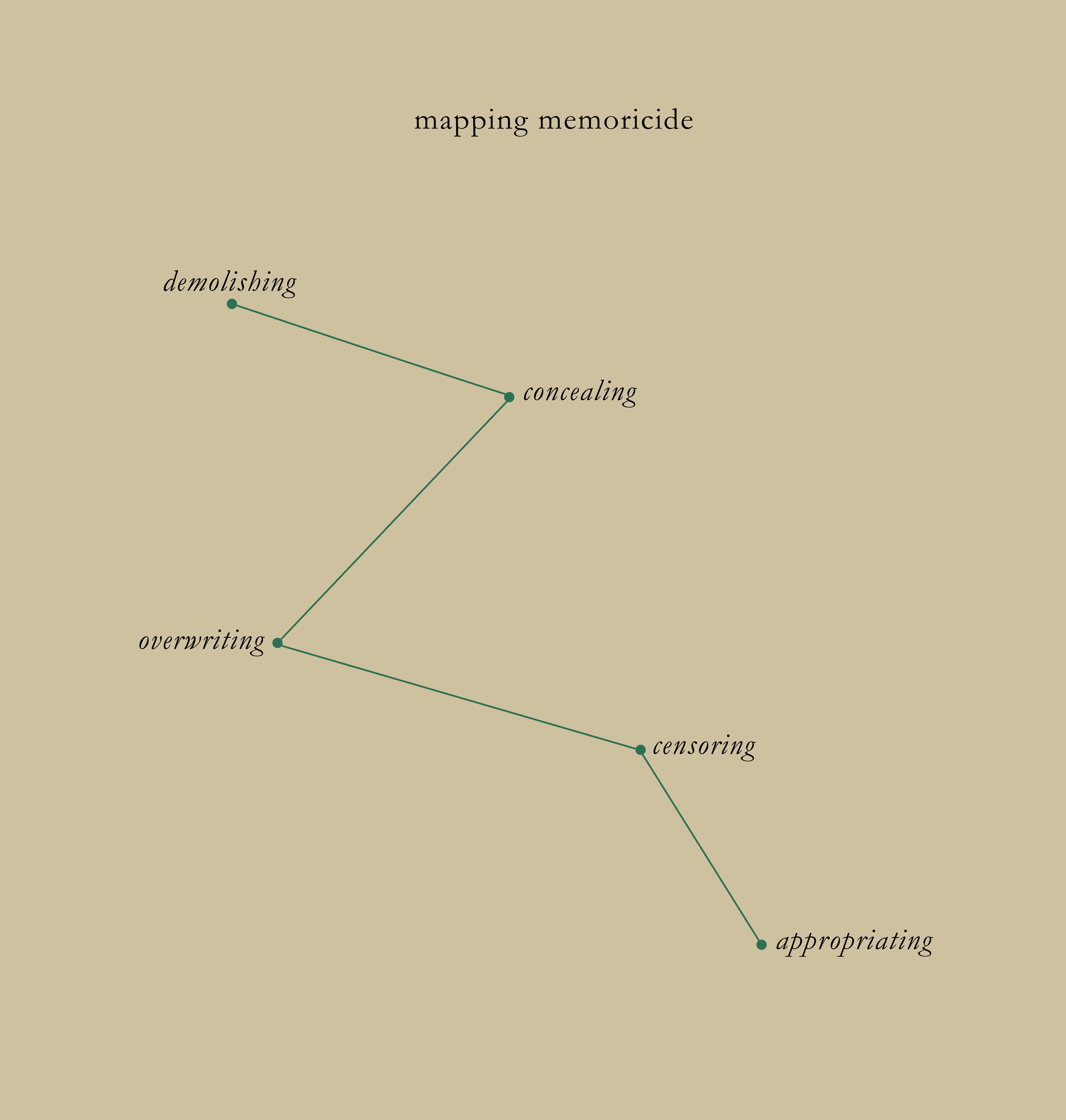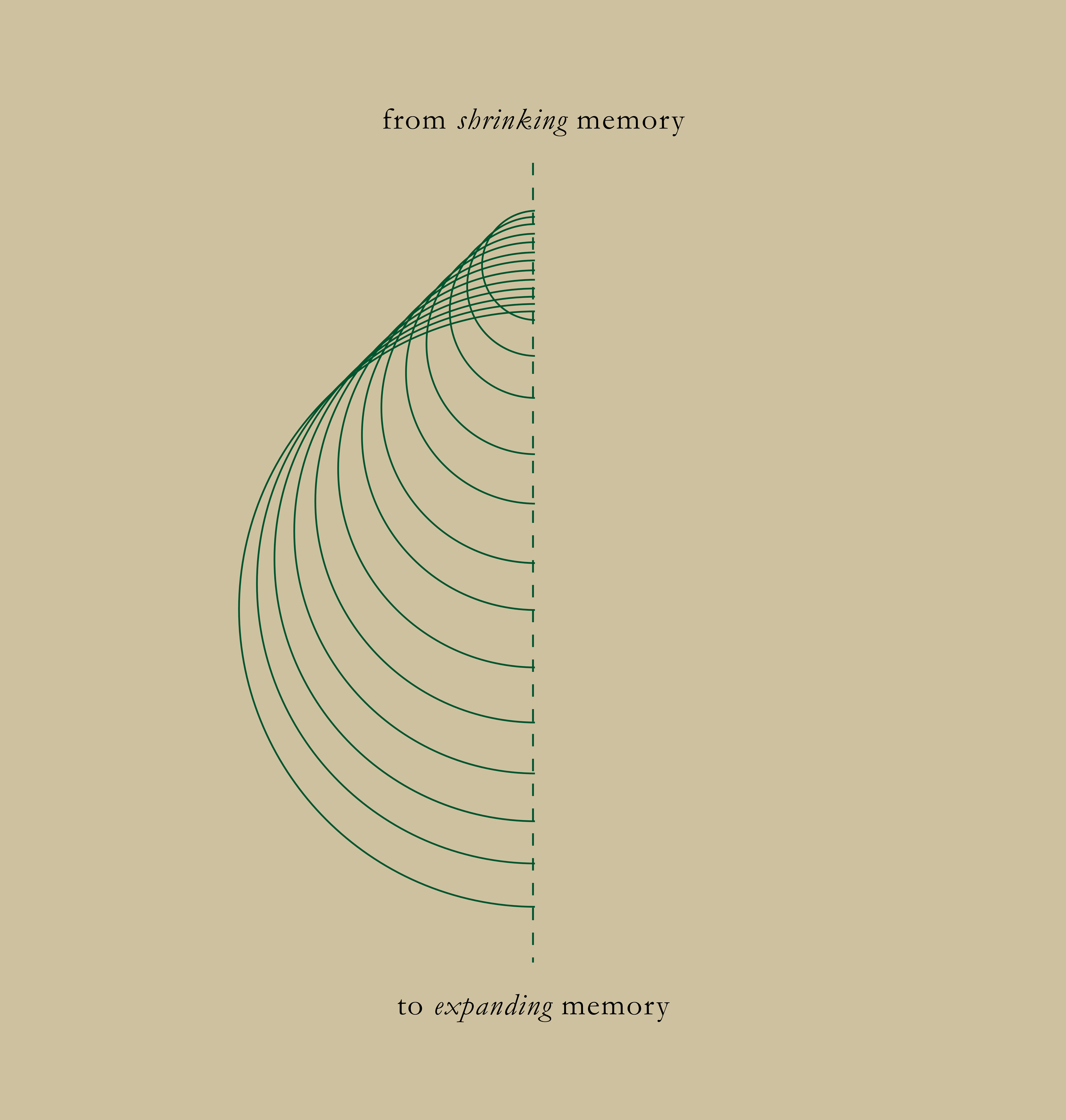
Remembering is Resistance: Archival Practices to Disrupt Memoricide
by Jacquelyn Ogorchukwu Iyamah
Photography by Stephen Miller
March 2024 | GIDA LIBRARY
“How is it possible to feel nostalgia for a world I never knew?” - Ernesto Che Guevara
I often find myself listening to the jazz song Tezeta by Mulatu Astatke. Tezeta, is a term that I have come to learn means "nostalgia", "longing" or “memory” in Amharic. When I first heard the song, it elicited a deep emotional response within my body. As a Nigerian whose country was under colonial rule, it activated a feeling of longing for any of the cultural memories that Black and brown people from the Global South have lost at the hands of oppression.
Cultural memory refers to the shared body of knowledge, traditions, and experiences that are transmitted from one generation to the next within a particular community. Our cultural memory is often embodied in artifacts, libraries, archives, universities, places of worship, scriptures, monuments, heirlooms, cultural centers, and historical sites. These physical objects and places become vessels that carry the essence of a culture, creating a tangible link to the past, present, and future.

We often discuss the human deaths caused by oppression in the forms colonization, apartheid, genocide, occupation, ethnic cleansing, and slavery — however there is also a cultural death involved in each of these colonial projects. Colonizers erase the physical objects and places that hold people’s cultural memories. Ammar Azzouz explains that material destruction includes “paintings, sculptures, art collections, documents, books, archives, photographs, manuscripts, periodicals, housing, and land and property ownership papers.”
In 1991 Miro Grmek coined the term "memoricide” to describe how oppressors intentionally erase cultural memory by destroying any physical objects and places that recall the cultural identity, heritage, and perspectives of the oppressed. The intention behind memoricide is to erase a group’s presence in order to rewrite history in favor of the oppressors. The term was popularized by Ilan Pappé, an Israeli historian who examined how the Israeli government has worked to erase Palestine’s material culture.

Memoricide often involves one or more of the following:
- Demolishing: Destroying artifacts, monuments, burial sites, religious sites, homes, land, native plants, farms, and property belonging to the oppressed.
- Concealing: Sealing or destroying historic records, land property documents, libraries, and archives; which hold information about the existence of what once was.
- Overwriting: Redrawing maps, renaming towns, cities, and roads, repurposing historic buildings for a different function, and planting non-native plants over native ones.
- Censoring: Suppressing literary works, art, periodicals and other creative offerings that validate the historic presence of these objects or places.
- Appropriating: Stealing cultural recipes, clothing, artifacts and more but claiming they belong to them.
There are countless examples of this type of memoricide taking place in varying degrees in different parts of Africa. European colonizers who came to Africa and destroyed sacred sites, looted cultural artifacts, undermined historical records, renamed places with European names, and more. These actions eroded some of Africa’s sacred material culture. A prime example of this is the story of the Benin Bronzes.
The Kingdom of Benin, located in present-day Nigeria, was a sacred, powerful and highly developed pre-colonial African state. Benin was renowned for its brass plaques, ivory carvings, sculptures, artwork, commemorative heads, and other artifacts that held stories about our cultural identity. In 1897, Benin City was invaded by British colonial forces. The invasion included the destruction of the kingdom's material heritage. Today, many of these objects known as the <a href = "https://www.nytimes.com/2020/01/23/arts/design/benin-bronzes.html"‘Benin Bronzes’ are either destroyed, lost, or looted by British museums.
What happened in Benin is a reminder that we need to reimagine our archival practices. Archiving is traditionally viewed as the process of institutions collecting, organizing, storing, and documenting records and objects of cultural significance. This practice ensures that historical information, whether in physical or digital form, is systematically maintained to preserve cultural memory. However, memoricide intentionally poses a threat to this preservation to create gaps in our archives. As Rebecca Dharmapalan shares in her upcoming book ‘My Pen Is Sharp Like the Gun in My Hand’, deliberate archival silences frequently serve as a method to conceal acts of oppression.

So how do we reimagine archival practices to not be at the mercy of traditional archival practices? A notable characteristic of white supremacist culture is ‘Worship of the Written Word’, a belief system that prioritizes written documentation over other forms of knowledge preservation. In traditional archival practices, this characteristic causes us to devalue other ways of gathering, sharing, and preserving information. By stepping away from this limited viewpoint, we open ourselves to a broader understanding of what archiving can entail.
Archiving can be many things.
Archiving is organizing oral history initiatives that facilitate conversations with elders from oppressed communities to learn more about their material culture.
Archiving is using social media platforms to share real-time first hand accounts of an oppressed community’s art, recipes, books, photographs, and clothing.
Archiving is arranging memory walks that allow community members to visit areas where historical sites or land used to be.
Archiving is passing down cultural recipes from generation to generation so that people can connect to their ancestors through taste.
Archiving is designing curricula to ensure that students understand the true history of an oppressed community's material culture.
Archiving is creating seed banks that serve as living reminders of plant varieties that are part of a community’s native landscape.
Archiving is drawing maps that allow people to see what their country, city, village, or town was called before it was colonized.
Colonial figure Winston Churchill once said “History is written by the victors”, but when we archive in these novel ways, narratives of the past, present, and future can be co-authored by those who have long been silenced. Everyone can be an archivist. My ask, to anyone who has experienced or witnessed memoricide, is to share. Share objects, homes, books, maps, recipes, photos, texts, clothing, art and stories of the oppressed. Our archives are repositories of truth. Every action serves as a form of record keeping. Every action serves as an act of resistance. Every action makes it all the more difficult for oppressors to distort reality.
We have a duty to remember.
GIDA © 2024

